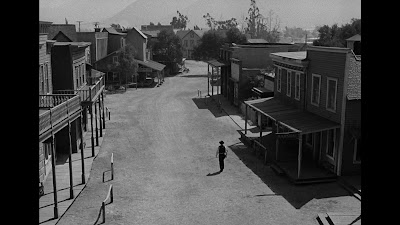Introduction: Where are we and what should we eat?
(Author’s Note: The following is the introduction from my upcoming book, “Travels With Mikey- Global Life of a Business Foodie,” which I am currently working on. The book will be a memoir of my experiences working, living and eating in more than 30 countries around the globe. I may serialize some chapters from time to time. Follow this blog and my LinkedIn page for more news!)
Brooklyn, April 2020- Decades from when this all started and in the midst of a historic pandemic-
How is our personality, our curiosity, our hunger for food and learning, our dreams and goals formed? Many people are inclined to say that our early childhood environment and upbringing is the secret sauce.
I am sure that factors in, but I am convinced there is more; something deeper in our DNA (don’t ask me to substantiate this scientifically). My strongest evidence is the consistent information that two or more siblings can be so totally different, even with the exact same upbringing and environment.
So it was with me- you analyze my story and tell me if I am right or wrong.
I was very close to my maternal grandmother, Bella. After East European/Jewish fashion, she was an inspiration to us all. She rarely smiled, but this was part of her Persona. She was the matriarch (my grandfather died when I was very young), and her cooking was legendary in our family.
Her repertoire included such standards as chicken soup, beef flanken soup, matzo balls, kreplach and other typical Jewish fare. But she had a portfolio of dishes that were not typical, and those were the ones we (literally) fought over: chopped liver, gribenes (deep fried chicken skin), and steaks “grilled” on top of a gas stove.
But nothing compared to her salad. As far as we knew, the only non-vegetable ingredient was salt. So how did it taste so magical? Was it the tossing on her breast?
And, in my preschool years, when I was left in her care in her Coney Island apartment, she would schlep me around with her shopping: To the live chicken market across the street where we would see the chicken’s throat cut so we were sure it was fresh, and then she herself would pluck all the feathers to be sure it was done properly; To Kelly (AKA Aniello Gargiulo) the fruit and vegetable guy where Bella would constantly annoy him with her handling and squeezing of his produce, and to Dave the butcher where I couldn’t keep my fingers out of the wood pickle barrel.
So my fascination with food was born. I couldn’t shake it after that, and it ended up leading me around the world in search of where to eat (after business hours); I am pretty convinced that my passion for food led me to embrace a career that I never intended to consider, in the fashion industry, because it gave me a passport to travel all over the globe in search for the next great Bella.
So my stories are always intertwined with food, and, more often than not, these are the strongest memories I retain of the hundreds of trips to more than thirty countries that I made over the years.
Which is said, in part, to explain why my stories to be told are so liberally peppered with food and dining stories:
1. Because I love food, love to eat, (now love to cook) and love to experience how people produce stellar cuisine;
2. Because, more than anything, a culture is identified by its food, and that is what people are most proud of and most excited to share.
3. Because, in most countries, food and business are difficult or impossible to separate; the better you eat, the better you do business.
Inevitably, you will find siblings that don’t share the same curiosity or desires. Such is my case. So I say, again, yes, it is partially due to upbringing, but we cannot rule out the significant role of DNA.
Born to dine? Maybe.
In between meals, I managed to make and ship hundreds of millions of dollars worth of goods.
Some of the countries and cities that I visited are:
- China (Taught and Lived/Worked more than 13 years total); consequently, I have lots to tell about China;
- Korea/Seoul- Best Casual/Street Food anywhere;
- Singapore- From Raffles to High Rise
- Turkey- Beautiful scenery and amazing food.
- Italy- Food is everyone's main focus, even during business hours;
- Germany- The Black Forest; Rhine Valley and young deer;
- Sri Lanka- A restricted Paradise;
- India- Great people, business and food, crap infrastructure;
- Indonesia- The essence of emerging;
- Guatemala- Where I learned to really speak Spanish;
- Costa Rica- A jewel of a country;
- Brazil- Where I spent my 50th;
- Mexico- T-shirts, Tacos Al Pastor, Goat Machitos, and Escamoles.
- Plus lots of topical chapters such as Main Food.
I have no regrets about my experience- great people, great business and fabulous food. A win-win, I would say.



















